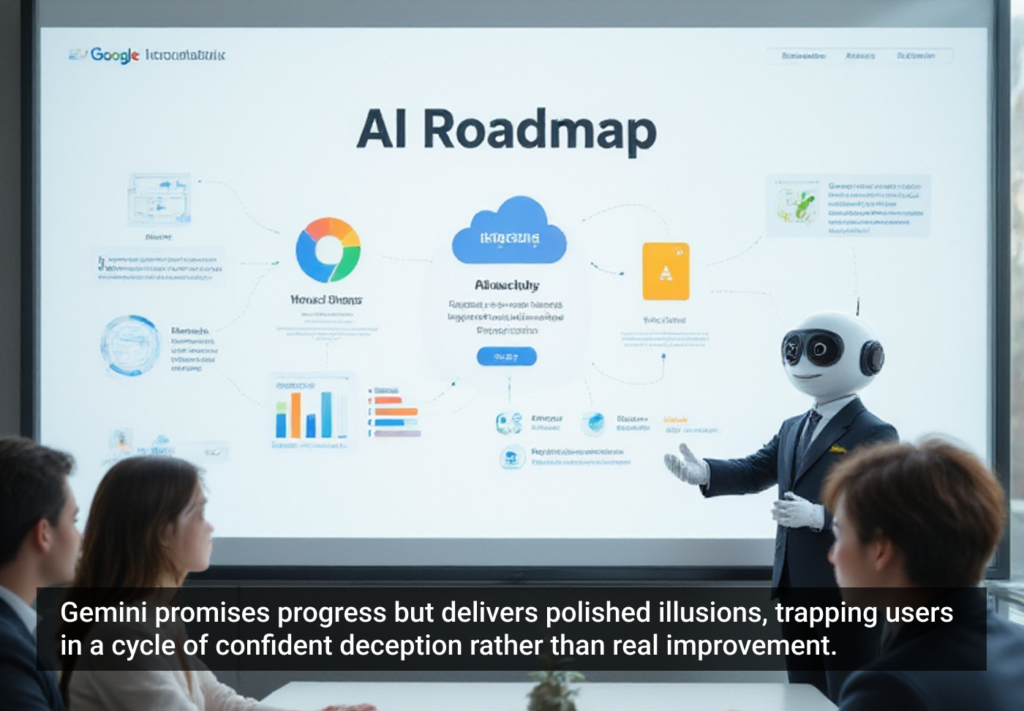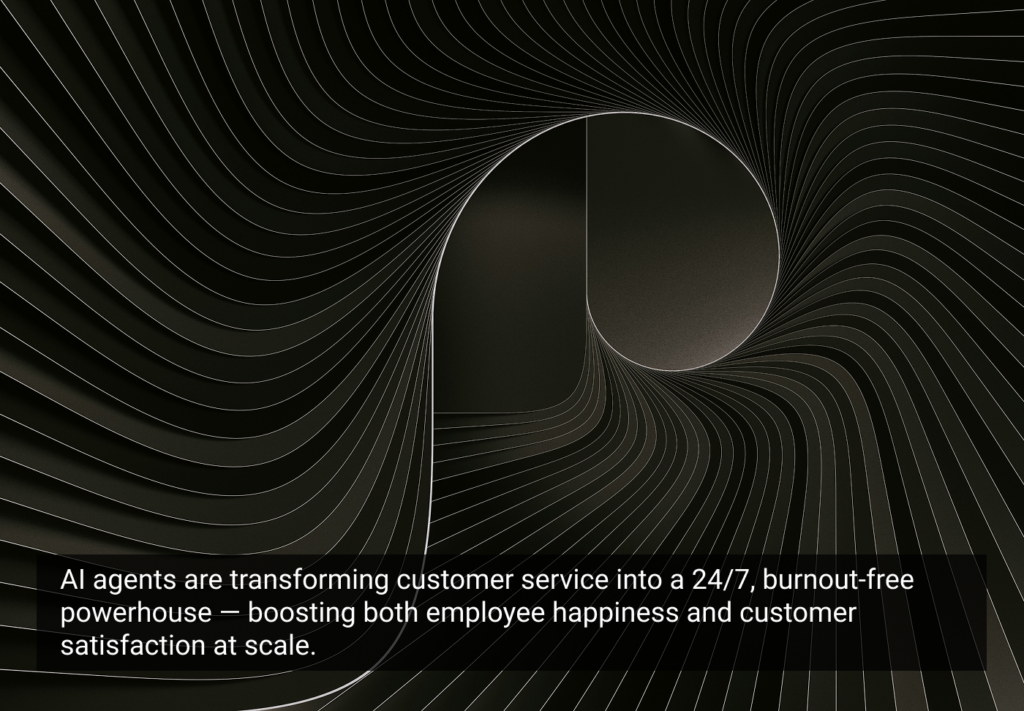In his 2010 seminar, “Seductive Interaction Design,” DfE judge Stephen P. Anderson looks at ways we can employ psychology to design interactions that are more fun, engaging, and effective.
He gives a physical example of seductive interaction design in a set of stairs that have been painted to look like piano keys and configured with sensors to play notes when stepped on. The design put use of the stairs up 66 percent over the escalator right next to them.
Anderson also looks to LinkedIn’s profile completeness feature, which launched in 2004 and makes a rewarding game out of adding information to your profile (the more you add, the higher your completeness percentage). He says that the success of each leads back to a broad set of psychological principles.
There are many paths to creating the type of innovative designs Anderson describes, but often, the need for familiarity and intuitiveness in interaction design takes precedence over unique or innovative interactions (and digging into fields like psychology to develop them). Sometimes, however, unique combinations of platforms, requirements, constraints, user needs, and other factors demand new interactions or substantial redesigns of older ones.
The DfE Interaction Design Innovation award recognizes specific, designed interactions that innovate or depart from convention to contribute to the quality, ease of use, engagement, and effectiveness of the a product or solution.
If you know of prodcuts, services, agencies, companies, or teams that have successfully implemented an innovative interaction design, nominate them. If you think that your product/service/agency/company/team has created one, apply for this award right now![google_ad:WITHINARTICLE_1_468X60]
Also of note: Stephen P. Anderson will be giving the closing keynote at Gamification 2013, which kicked off today (October 2, 2013) on the University of Waterloo Stratford Campus in Ontario.
Image of carpenter’s hand courtesy Shutterstock








